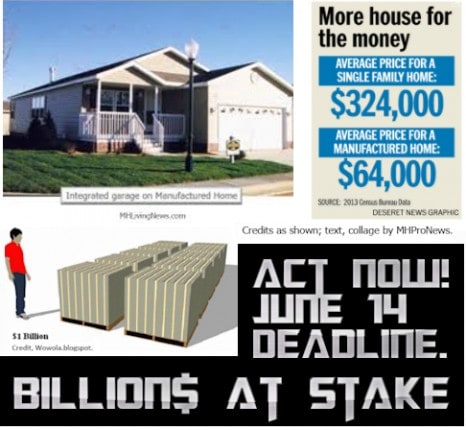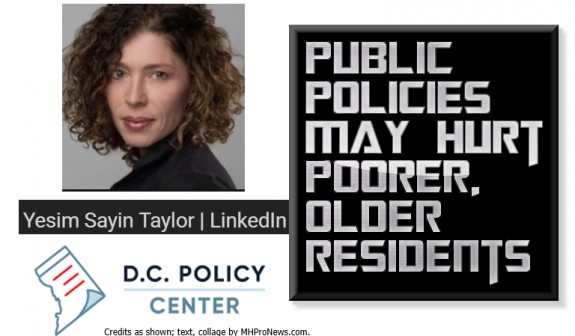
The Washington Times noted today that, “The D.C. Policy Center’s report focuses on the District, but smart growth planning has played a prominent role in many other U.S. cities.”
Manufactured home industry professionals know that local zoning and development officials often take a NIMBY (Not In My Back Yard) or BANANA (Build Absolutely Nothing Absolutely Near Anything) attitude.
In many markets, that in turn has sparked accelerated home values, due to demand, but it also means that those with lower incomes are being priced out of those markets. That’s an issue that Taylor’s report notes.
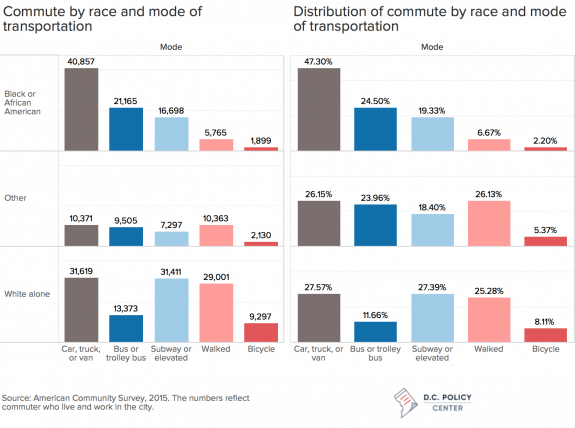
Public policy, says Taylor’s research, is pushing out older, lower income citizens in favor of younger ones.
Transportation policies are pushing lower income citizens further out from metro areas too. One irony that this and other studies often point to is that the very things that central planners hope to accomplish – for example, less strain on streets, and transportation systems – are made worse.
“If we truly want to make D.C. a more walkable, bikeable, transit-friendly city, we should start with our broader housing and transportation policies,” Taylor says, after having chronicled the various age, ethnic and other negative impacts from current policies and plans.
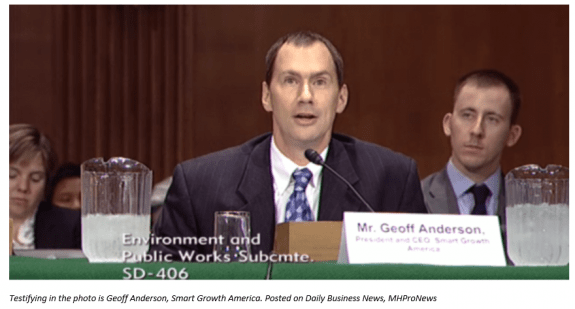
While DC may not be the best case for finding buildable infill locations, there are many cities and towns across the country that do have such opportunities. The HUD PD&R spotlighted and published at this link here revealed that manufactured homes that are properly placed in city limits can appreciate as does other housing, does not harm local housing values, and often improves neighborhoods.
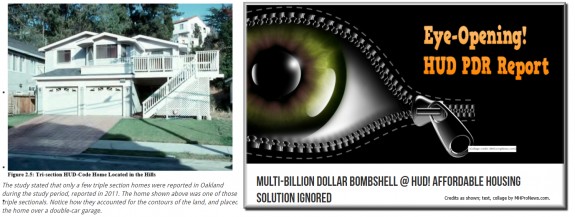

“We don’t have enough public housing to fulfill our needs,” says manufactured home industry expert Lisa Tyler, Ph.D. of Paris, Tennessee. “Manufactured housing presents a solution. It’s inexpensive, energy efficient, and a great value. There’s a lot of opportunity for growth in the industry, but a lot of obstacles, too.”
“Tyler has the distinction of being the first Ph.D in United States over a decade whose dissertation was focused on manufactured housing, so her research on MH related issues is current,” per a report on MHLivingNews.
Tyler pointed to a study by William P. McCarty’s – see download, linked here – as one clear indicator that manufactured housing communities are just as safe as conventional neighborhoods. Yet the impression of crime associated with manufactured homes is one of those false stigmas Tyler says has dogged the manufactured home industry.
The Potential of the MHIA 2000 to Solve Many Such Issues
Certainly, manufactured housing isn’t a cure all. Some areas will require existing housing, when practical, to be updated. But in many cases the promise and potential of the full and proper implementation of the Manufactured Housing Improvement Act of 2000 would yield a solution that saves taxpayers dollars and would enhance slipping home ownership rates.
Call to Action
Please see the downloadable letter to HUD by Tony Kovach. And consider sending your own letter or his along with your own comments. The opportunities would be worth billions to the industry, and that can mean millions more in the market(s) that your operation serves. ##
(News and analysis. Image credits are as shown above, and when provided by third parties, are shared under fair use guidelines.)


